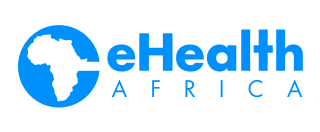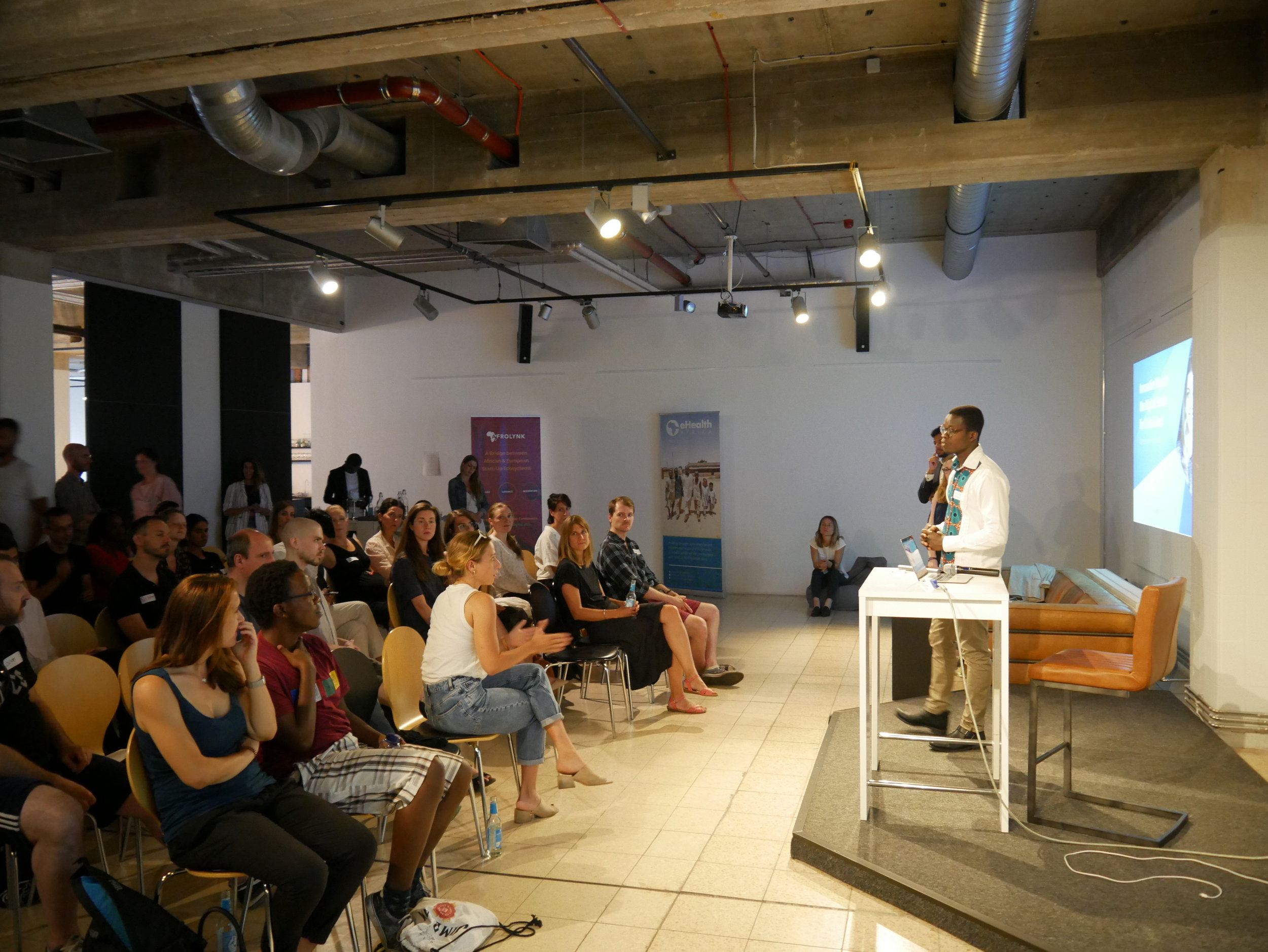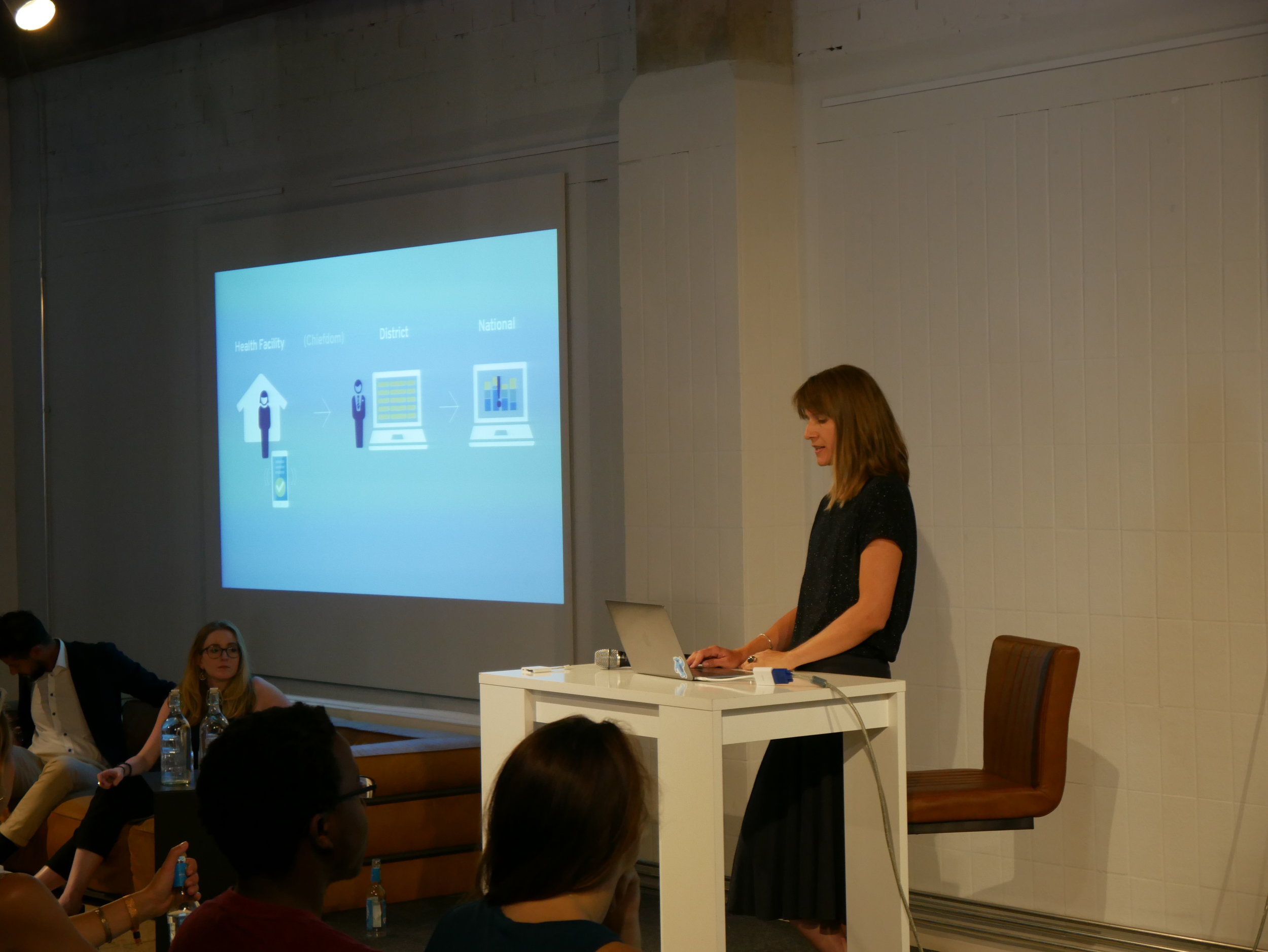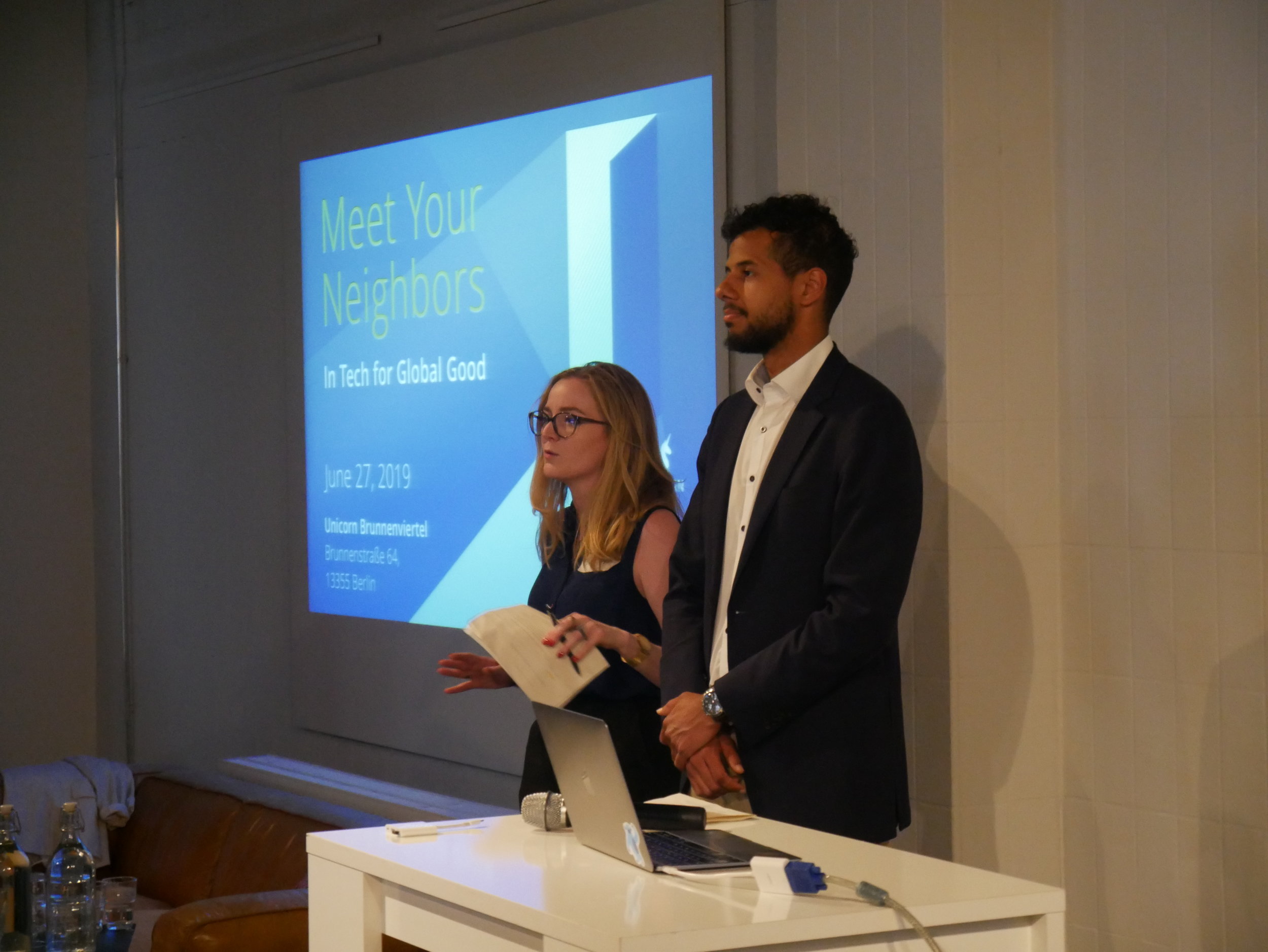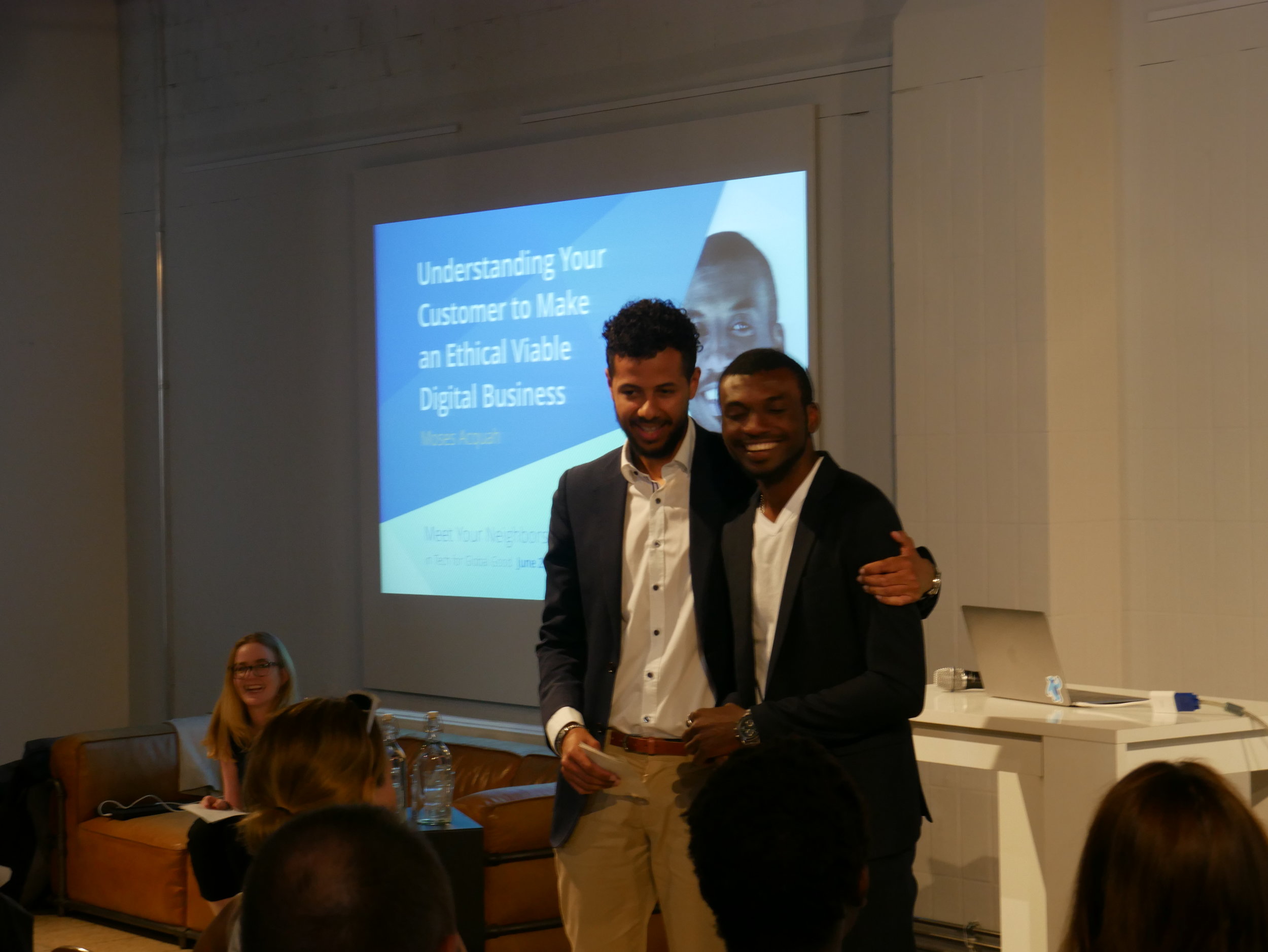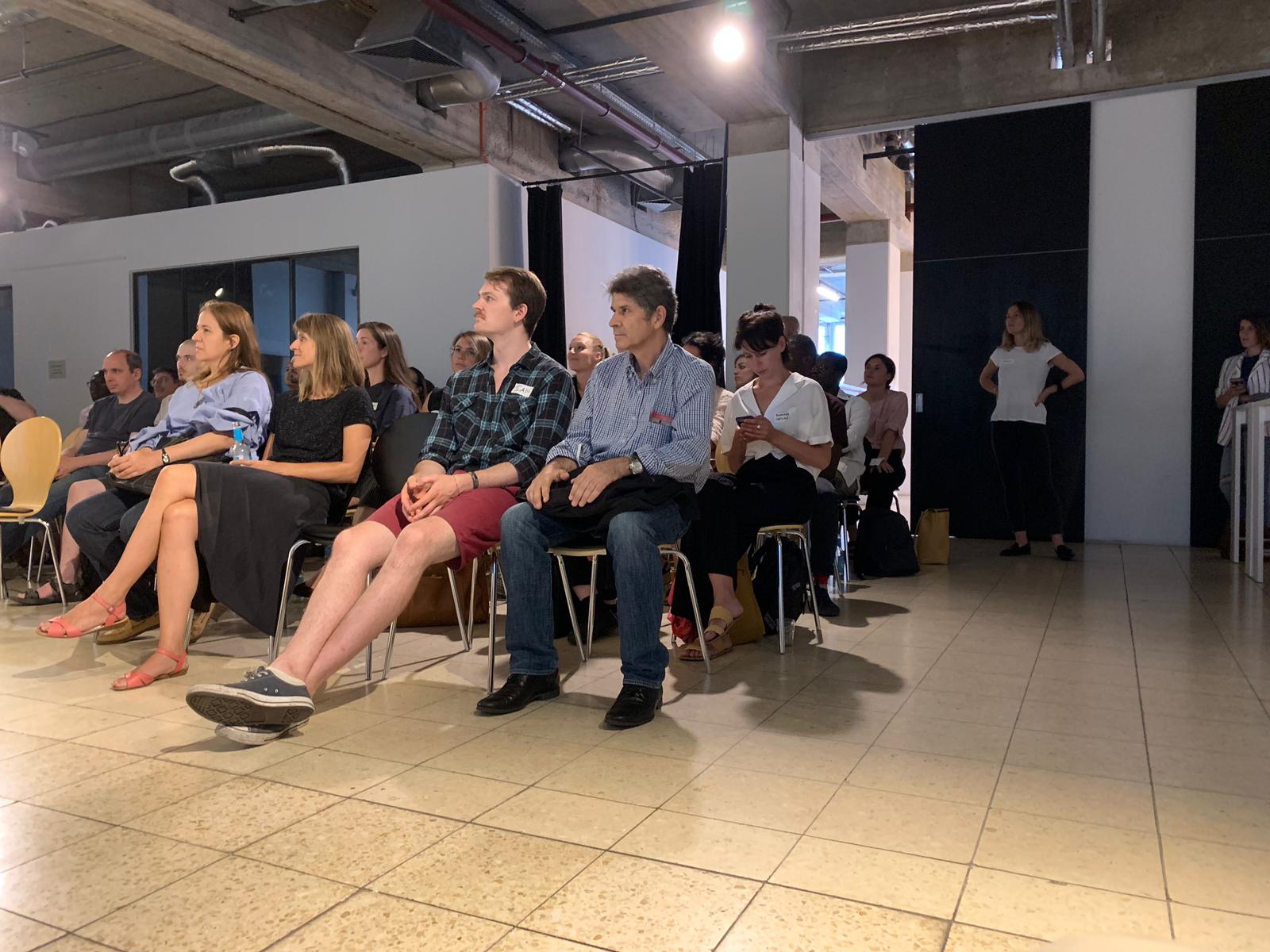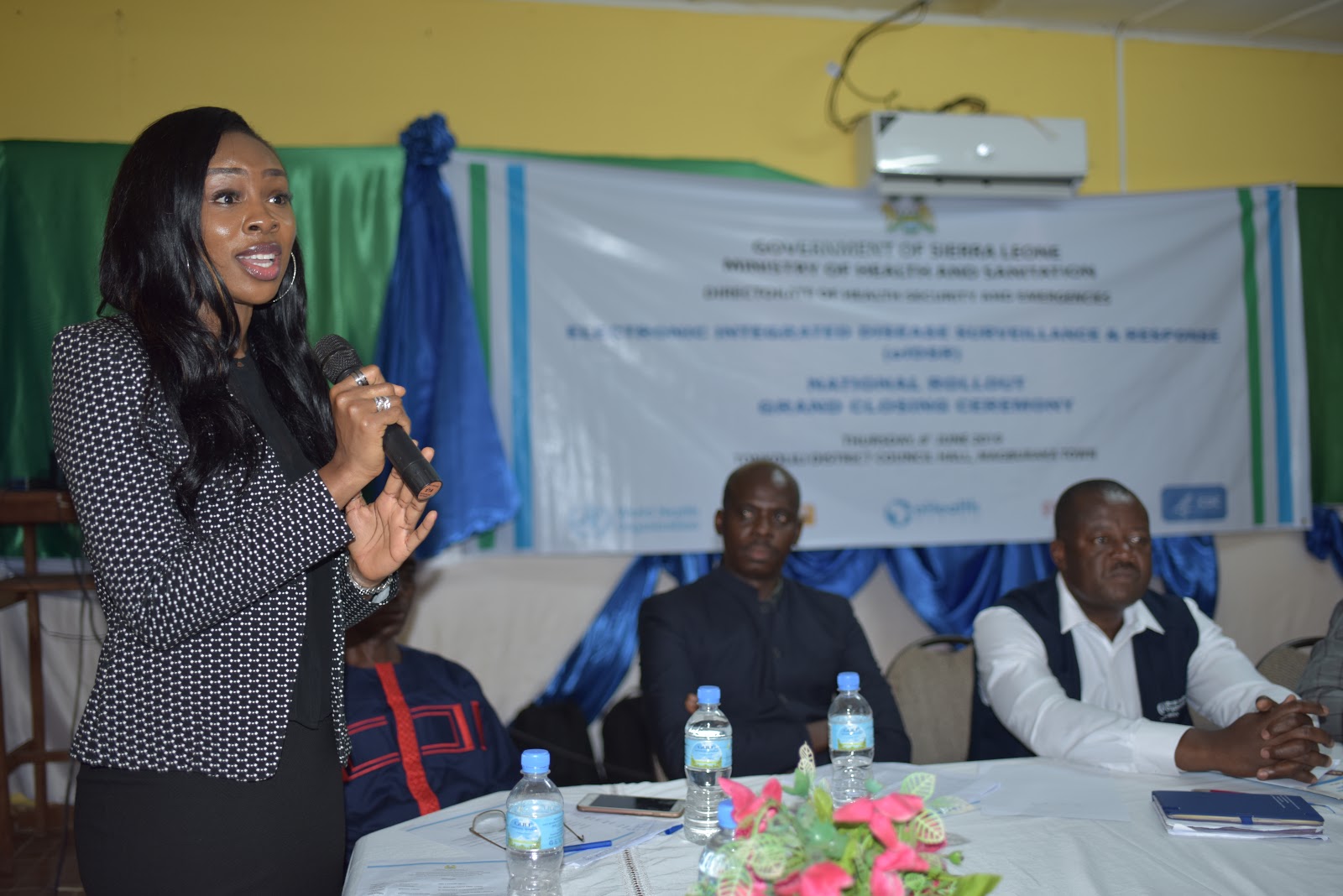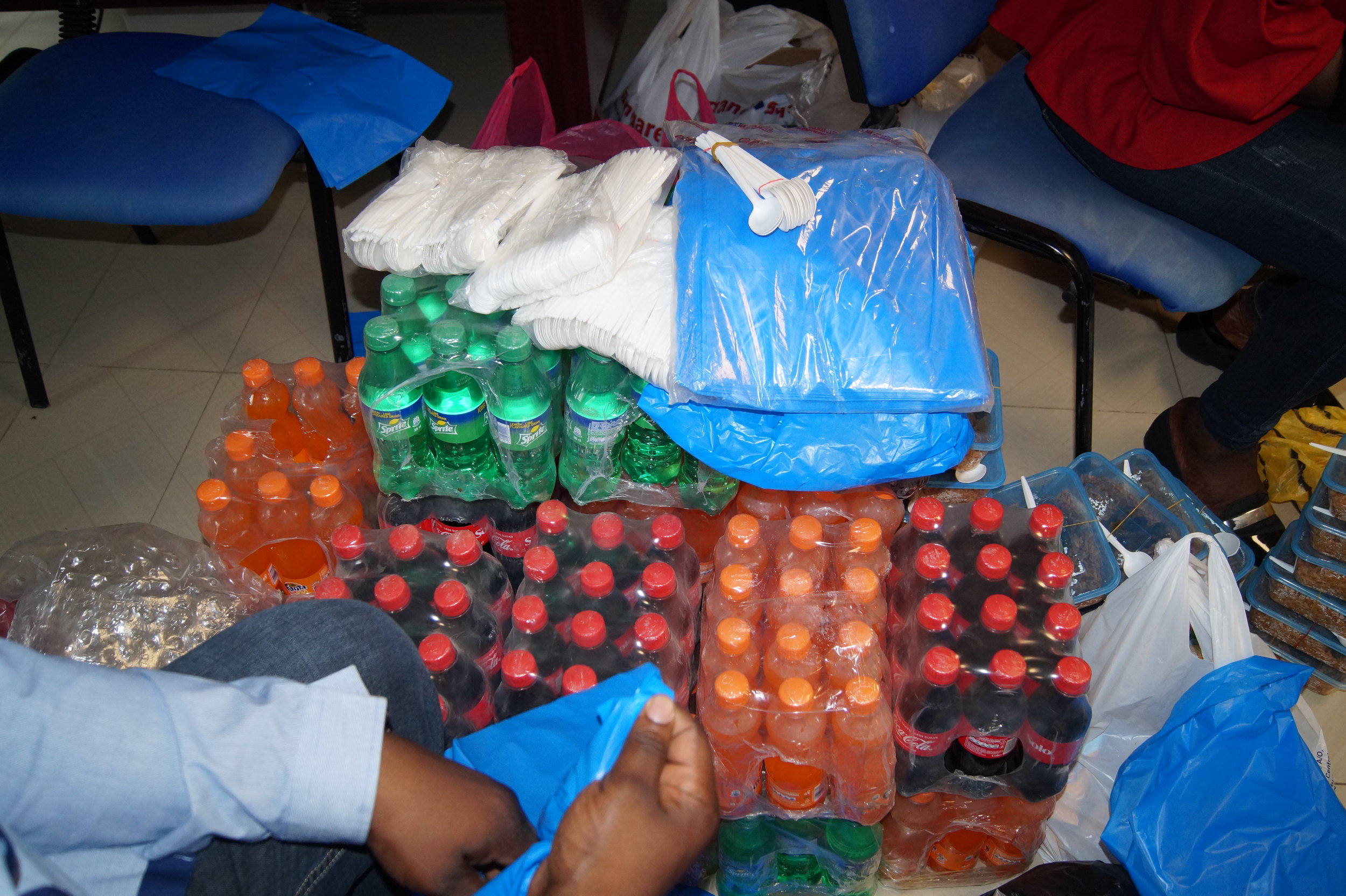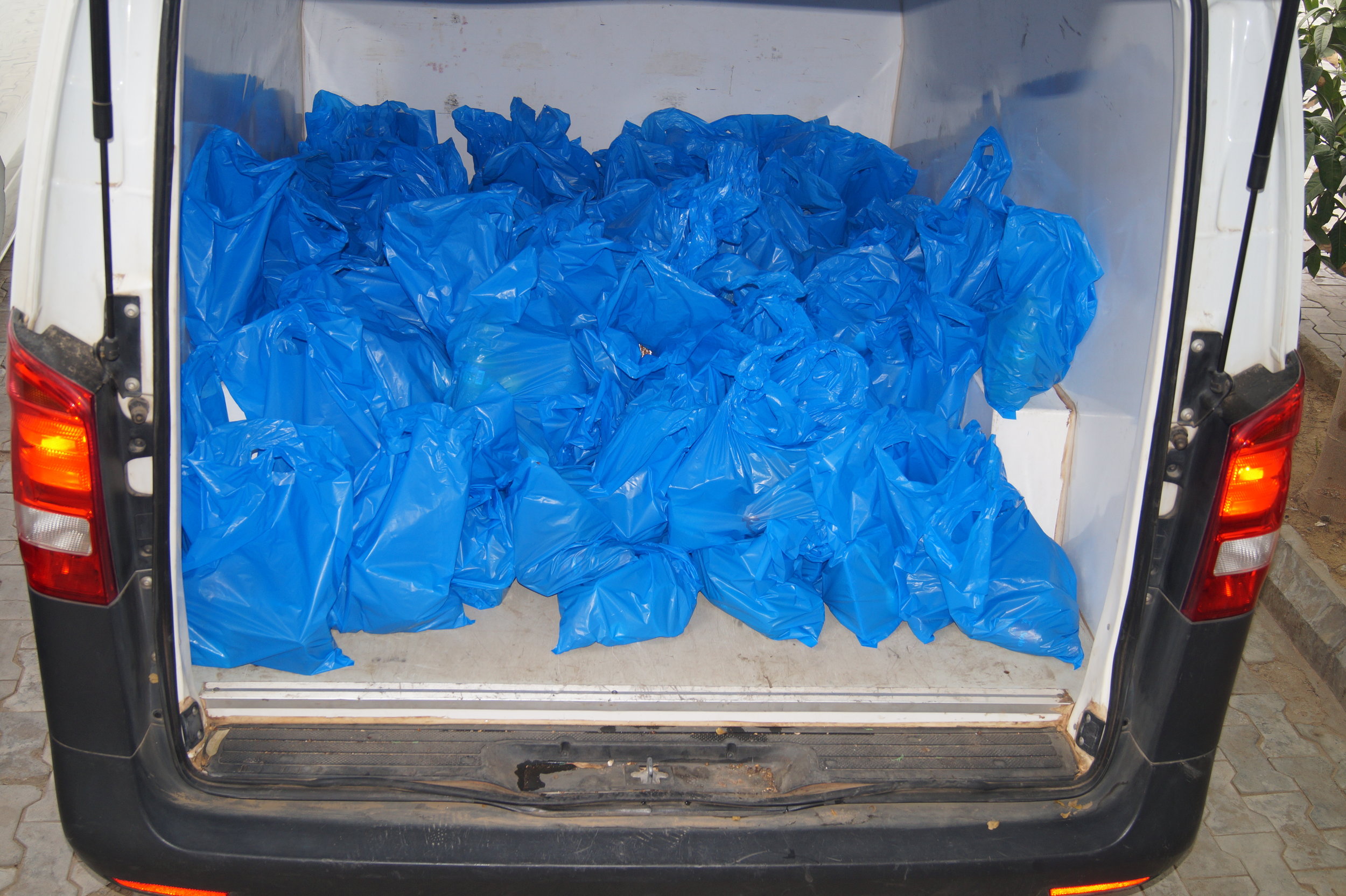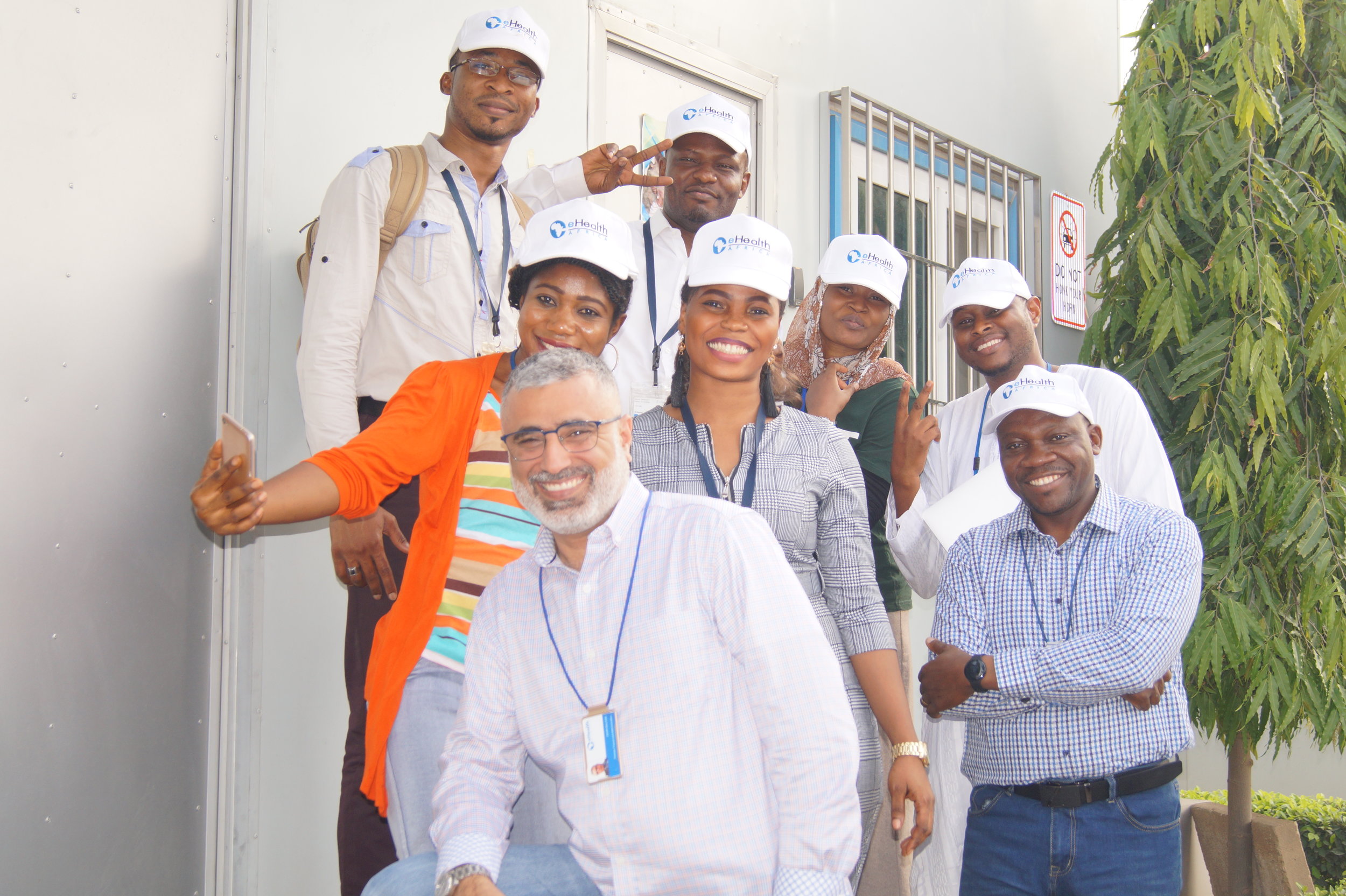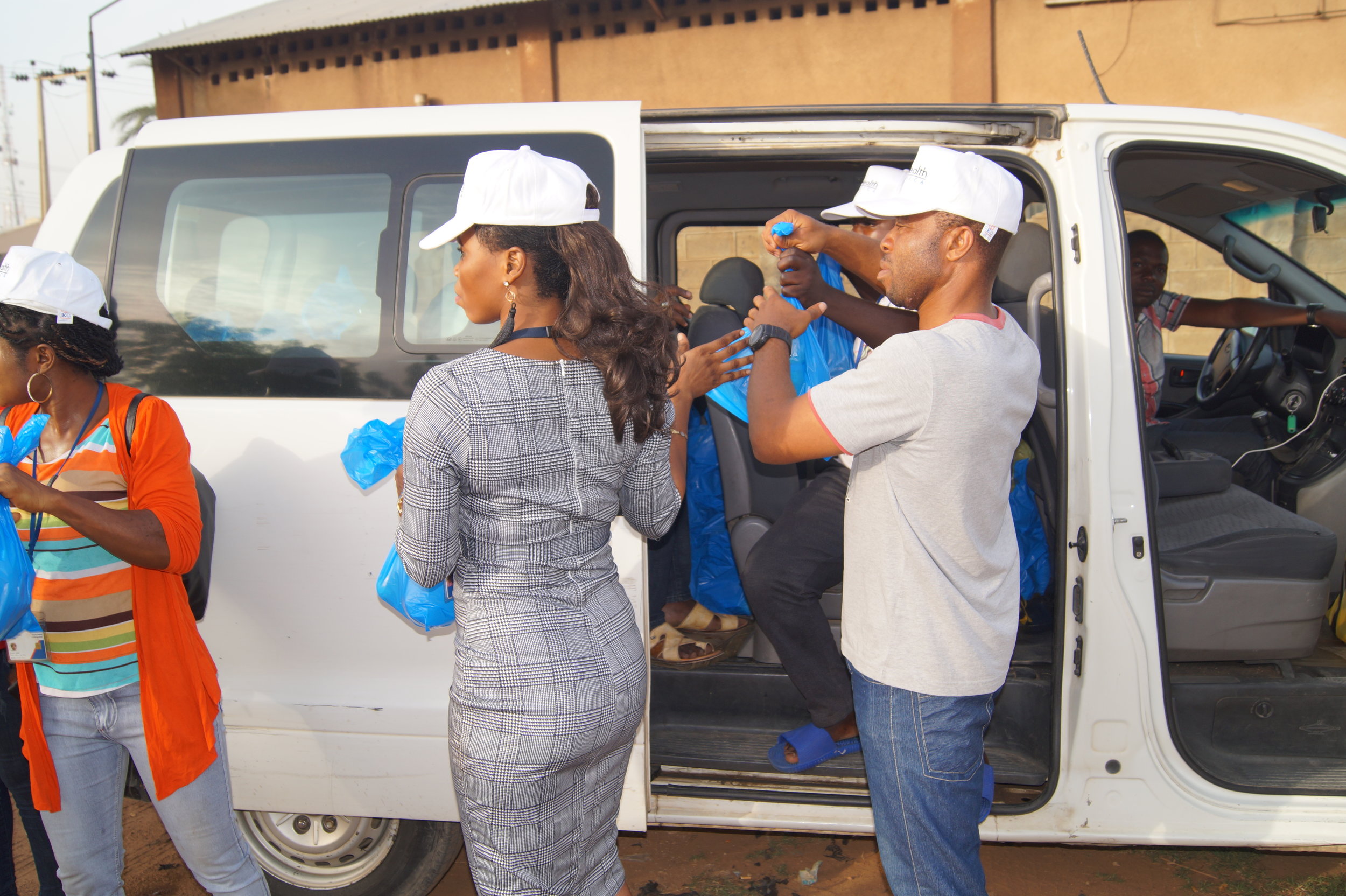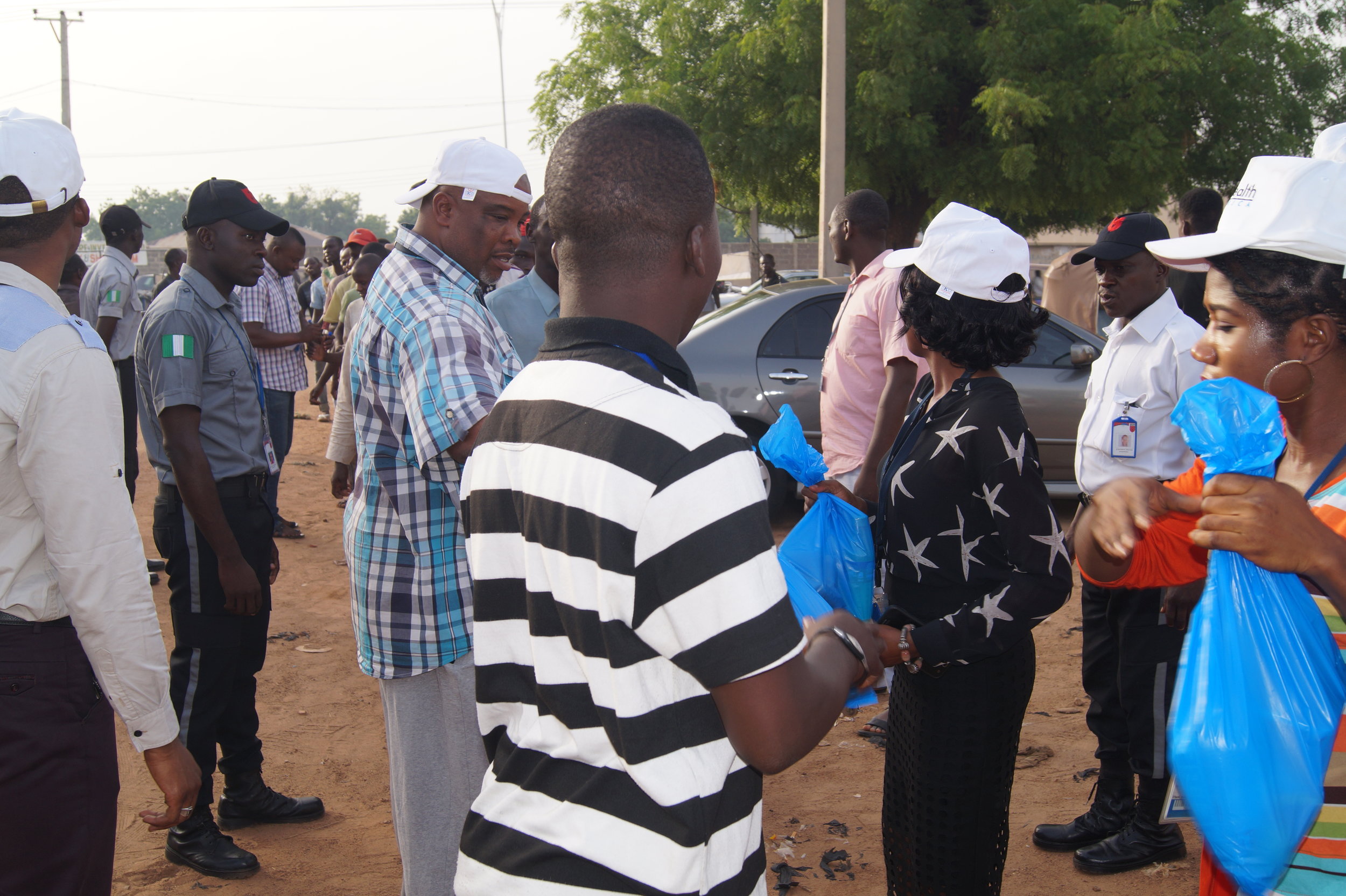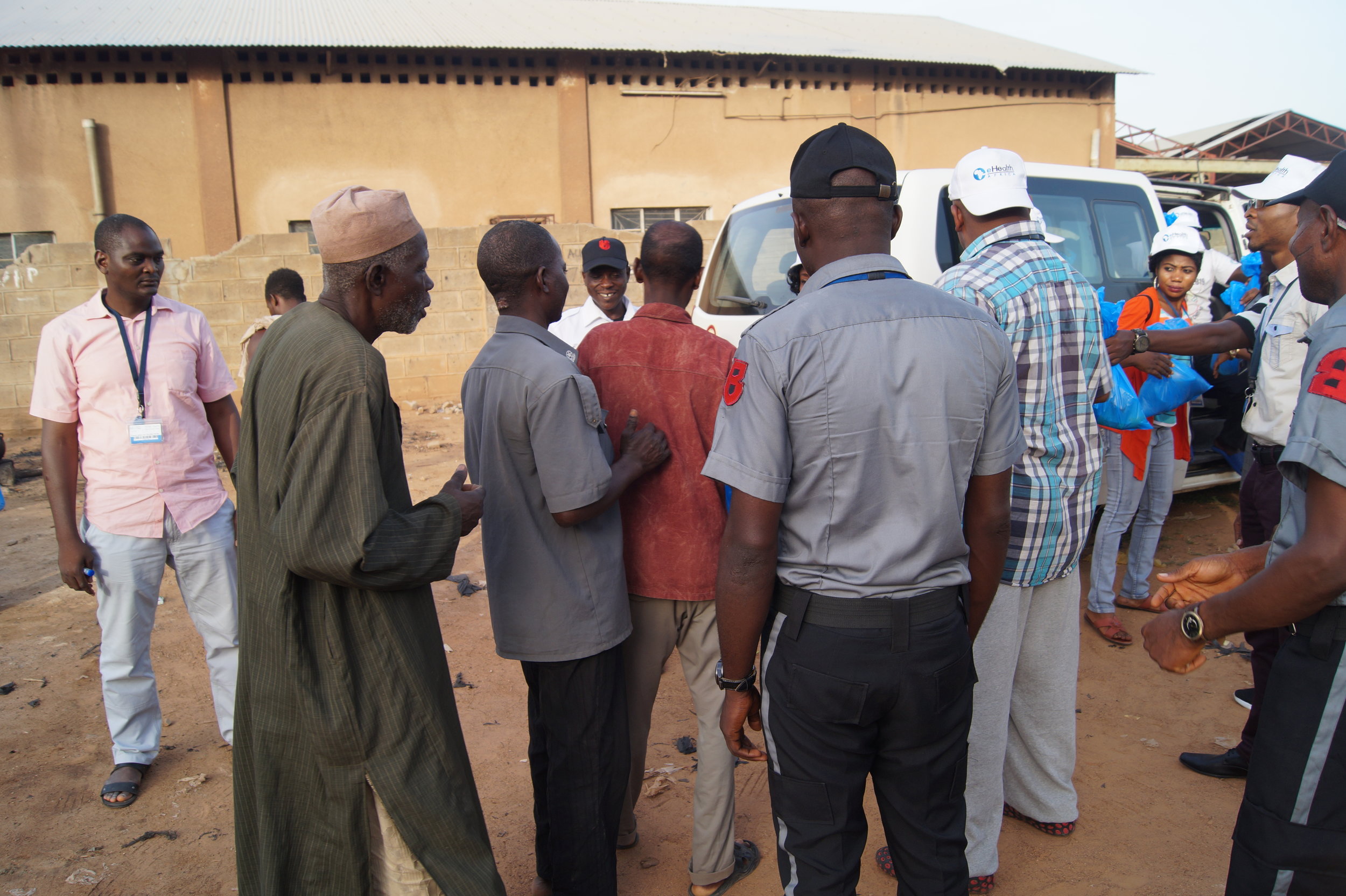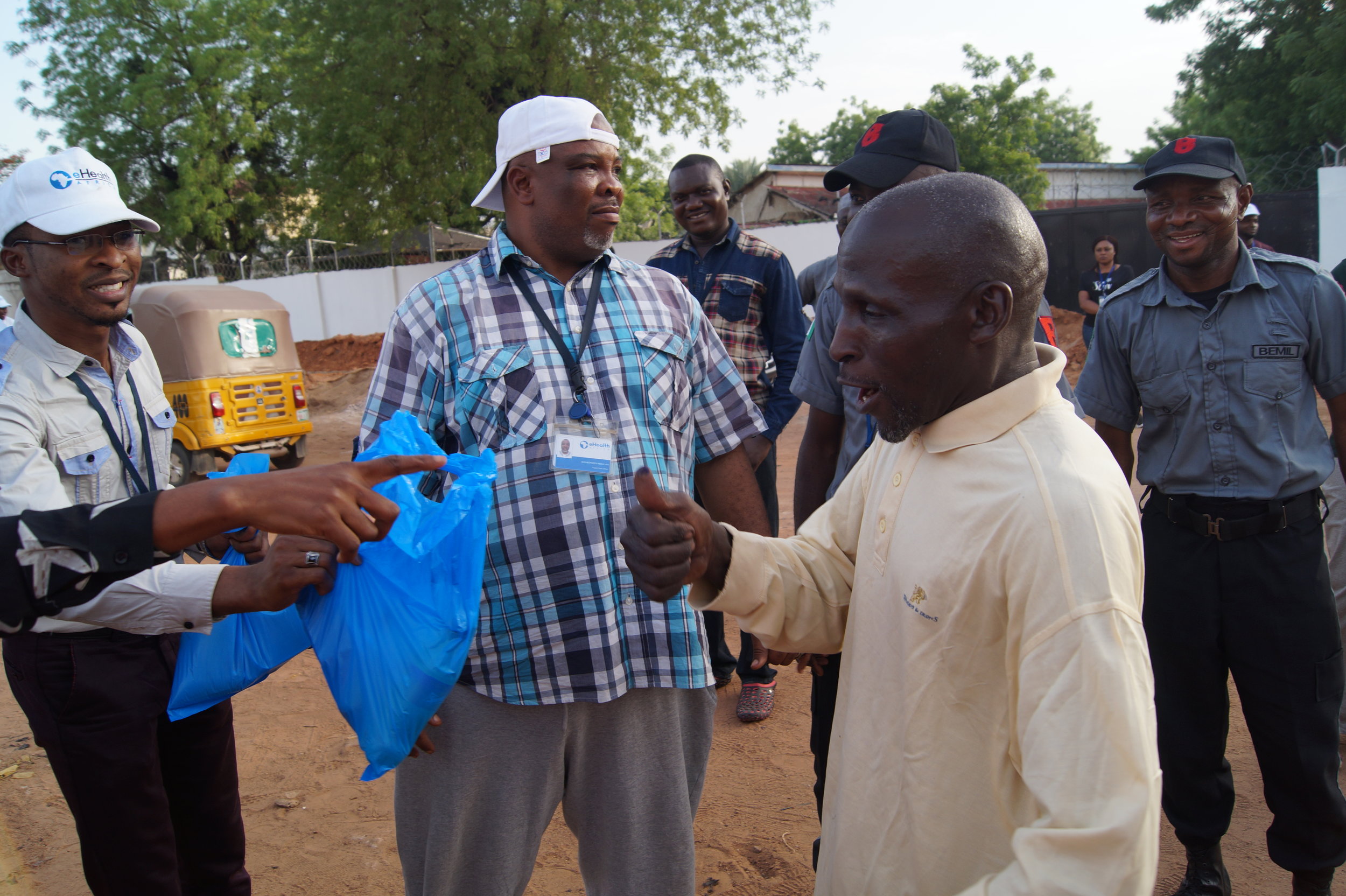Balancing work and personal life can be difficult. This is especially true if you have a demanding job like Sally Williams.
Sally is the Project Manager for Sierra Leone’s 117 Call Center and she leads a nation-wide multi-disciplinary 44-man team of District Coordinators, Project Coordinators, Administrative Support and Technical Consultants and the entire staff at the call center in Freetown. While being a project manager extraordinaire during the day, she is still able to find time daily for her passion, fitness, and exercise.
Sally believes that teamwork is a large part of the reason she is successful in her role and can find time to ensure work/life balance. She relies on all members of her team to perform well in their individual roles and work together to accomplish the goals set for the team and because they’re successful in this, she is able to focus on strategic initiatives that have moved the 117 Call Center forward. Some of these strategic initiatives include transitioning the 117 Call Center from an ebola emergency hotline to a surveillance platform and the 117 Call Center rebranding efforts.
Sally receiving her Team of the Quarter certificate
She recognizes the fact that her team’s dedication and efforts are a key factor in achieving their goals and getting some of the accolades and milestones they are celebrating. Her team’s dedicated work is paying off. In Quarter 2 of 2019, Sally’s team was voted the winner of ‘’Team of the Quarter,’ award,’ one of eHA’s ways of recognizing teamwork, having fulfilled certain criteria-including outstanding performance, innovation, and quality, during the course of a given quarter.
“My role is a challenging but thrilling one. I have an affinity for teamwork. The favorite part of my job is interacting with my team in the districts because they are the ones in the field that go day-to-day out in the community spreading the message of 117. Their dedication is priceless.”
“When Sally is around us, you would hardly tell who is the boss. She mixes well but knows how to get us to do a good job. Her positive attitude towards us motivates us to work harder for best results.”
Sally works well with everybody, both within the 117 Call Center team and the eHA team as a whole, and is an inspiration to all. She is always encouraging to others and makes others feel comfortable enough to communicate openly and honestly with her. She works collaboratively, allowing everyone to bring their strengths and motivates them to identify and work on areas where they need to get stronger.
Sally loves teamwork but is also passionate about serving in an organization or team that shares her vision. Like eHA’s mission, she finds joy in serving underserved communities, and this is what makes her go the extra mile as a member of the #eHA team.
Sally with some members of her team
Sally bringing her passion to the workplace, leading fitness activities during our employee engagement events
“I love an organization that is dedicated to helping the underserved population. eHealth Africa is also a family-oriented workplace and that was appealing, especially when one is already far away from home. Knowing that our services to the community do not go unnoticed, excites me the most. Although we have trying times, the day to day challenges motivates me to do more!”
